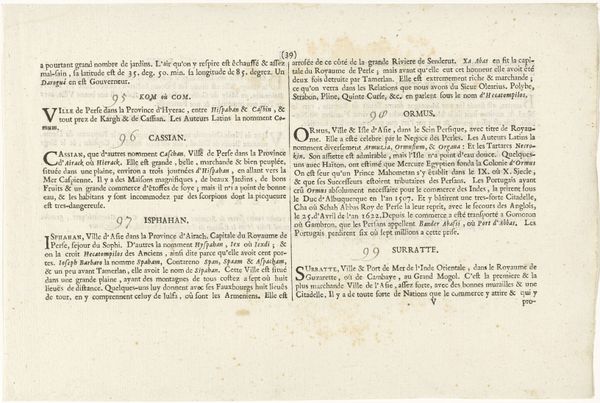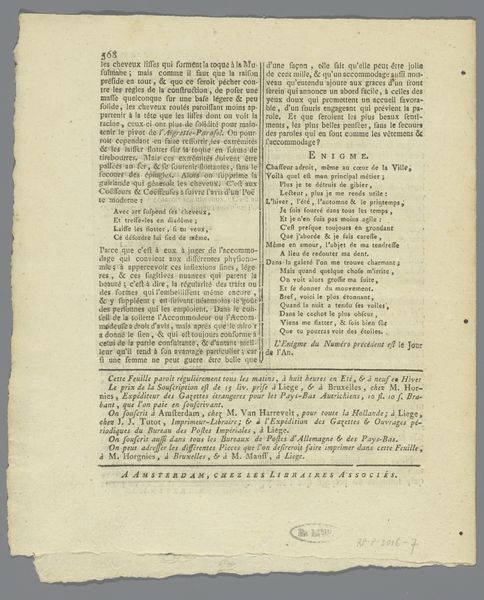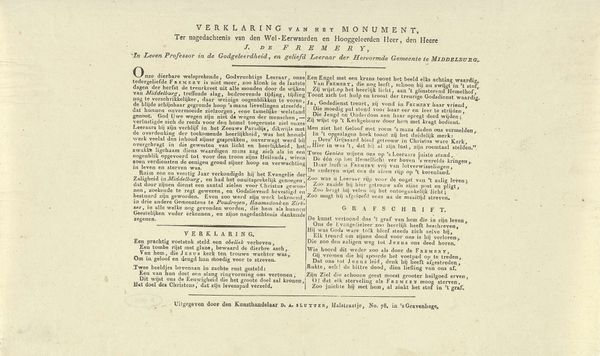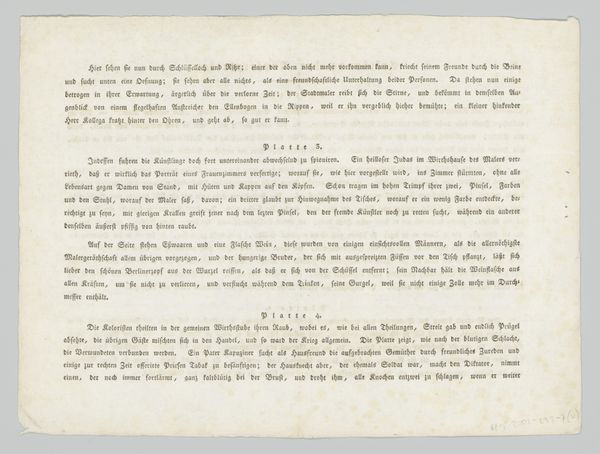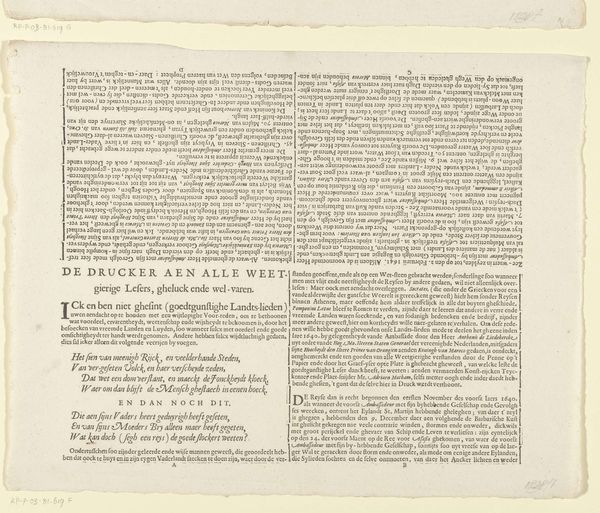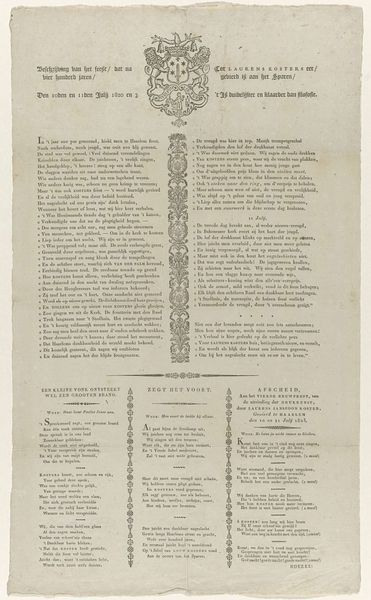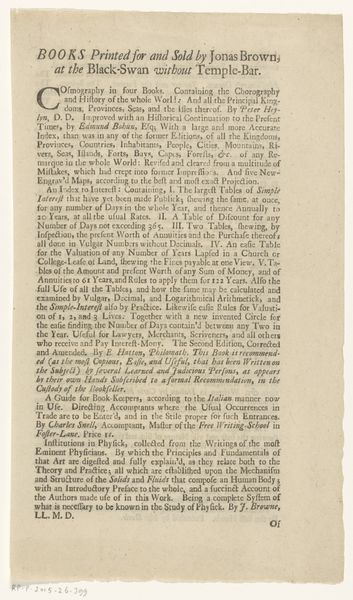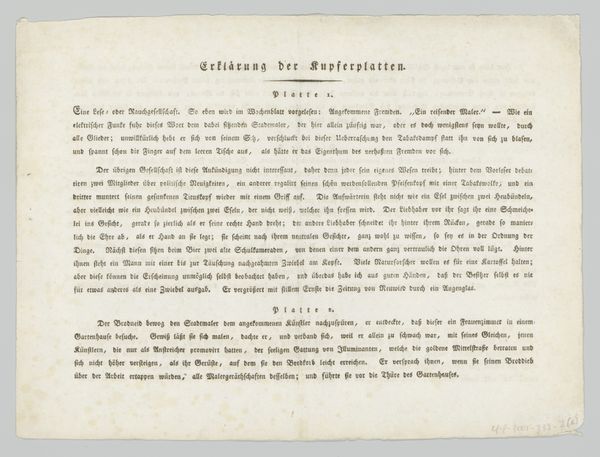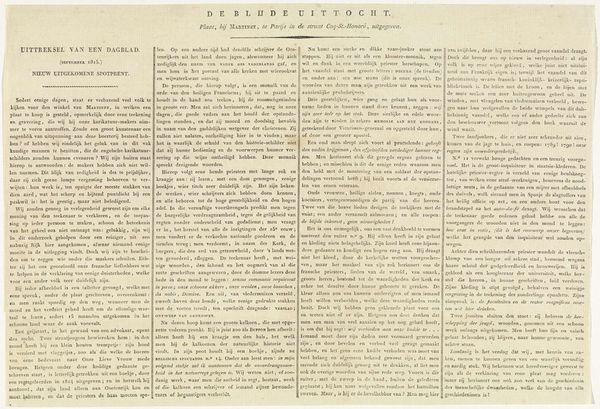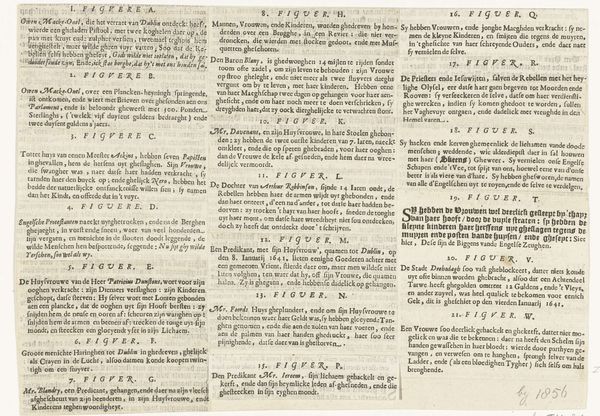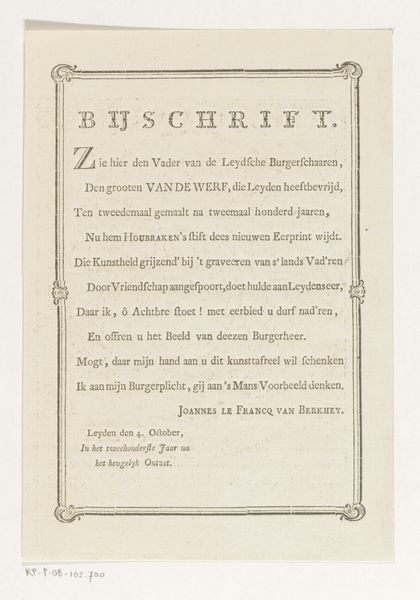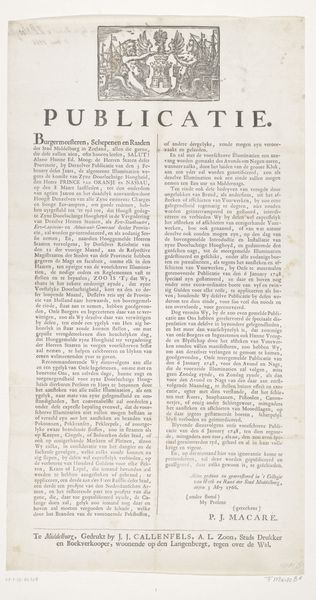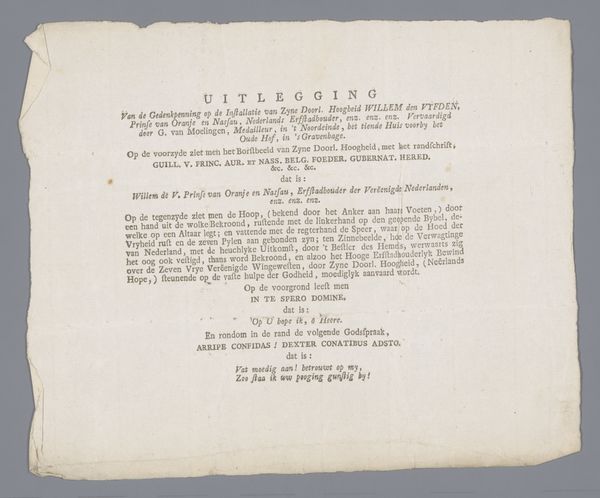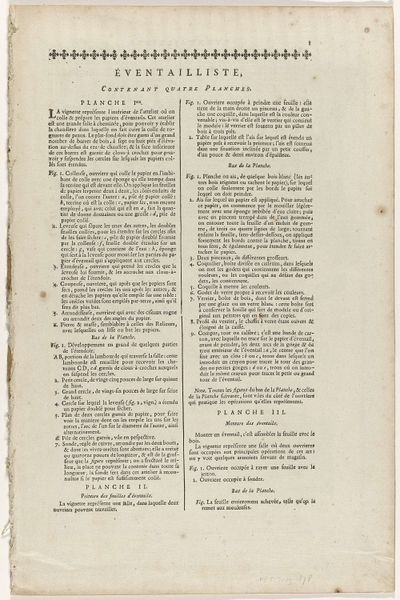
drawing, mixed-media, lithograph, print, etching, textile, paper, engraving
#
portrait
#
drawing
#
mixed-media
#
narrative-art
#
lithograph
# print
#
etching
#
textile
#
paper
#
classicism
#
academic-art
#
engraving
#
modernism
#
miniature
#
watercolor
Dimensions: 230 mm (height) x 265 mm (width) (plademaal)
Curator: So, what catches your eye about this piece, this broadside from 1815 titled "Oldtid - Nutid. Tekstblad" by Gerhard Ludvig Lahde? Editor: It's quite text-heavy! It's got two columns, comparing, I guess, "old times" and "present times" using both image and words. The lithograph almost feels like a miniature stage, with "Oldtid" on the left and "Nutid" on the right. I'm curious, what do you see when you look at it? Curator: What strikes me is how this piece uses the framework of "then and now" to engage in a subtle yet potent social commentary. Look at the titles themselves - "Oldtid," antiquity, and "Nutid," the present. What does Lahde accomplish by setting these two concepts against each other? Editor: It's a critique, maybe? It seems like he favors "Oldtid," valuing simplicity, diligence, and a spiritual life, in contrast to the supposed vanity and superficiality of "Nutid". Curator: Precisely. Consider the broader historical context. This was created during a time of great upheaval, the end of the Napoleonic Wars, Denmark in deep economic and political crisis... How do you think the artist might be using this juxtaposition to speak to contemporary anxieties about societal change? Editor: He’s longing for a simpler, more virtuous past, perhaps? It's a romantic idealization of history that conveniently critiques present issues. Is he perhaps implying that society has lost its way by focusing too much on materialism and outward appearances? Curator: Yes, it suggests a moral decay narrative. Lahde isn't just presenting two different time periods, he’s presenting a value judgement. And we need to be critical about this sort of cultural pessimism and the ways in which these romanticized portrayals erase the complexities and struggles of those historical periods. What is forgotten in such idealized portrayals? Editor: I suppose… things like poverty, disease, or lack of individual freedom within those "simpler" times. Thanks, that was an interesting perspective. Curator: Indeed. And thinking about these issues adds new depth to our understanding.
Comments
No comments
Be the first to comment and join the conversation on the ultimate creative platform.
